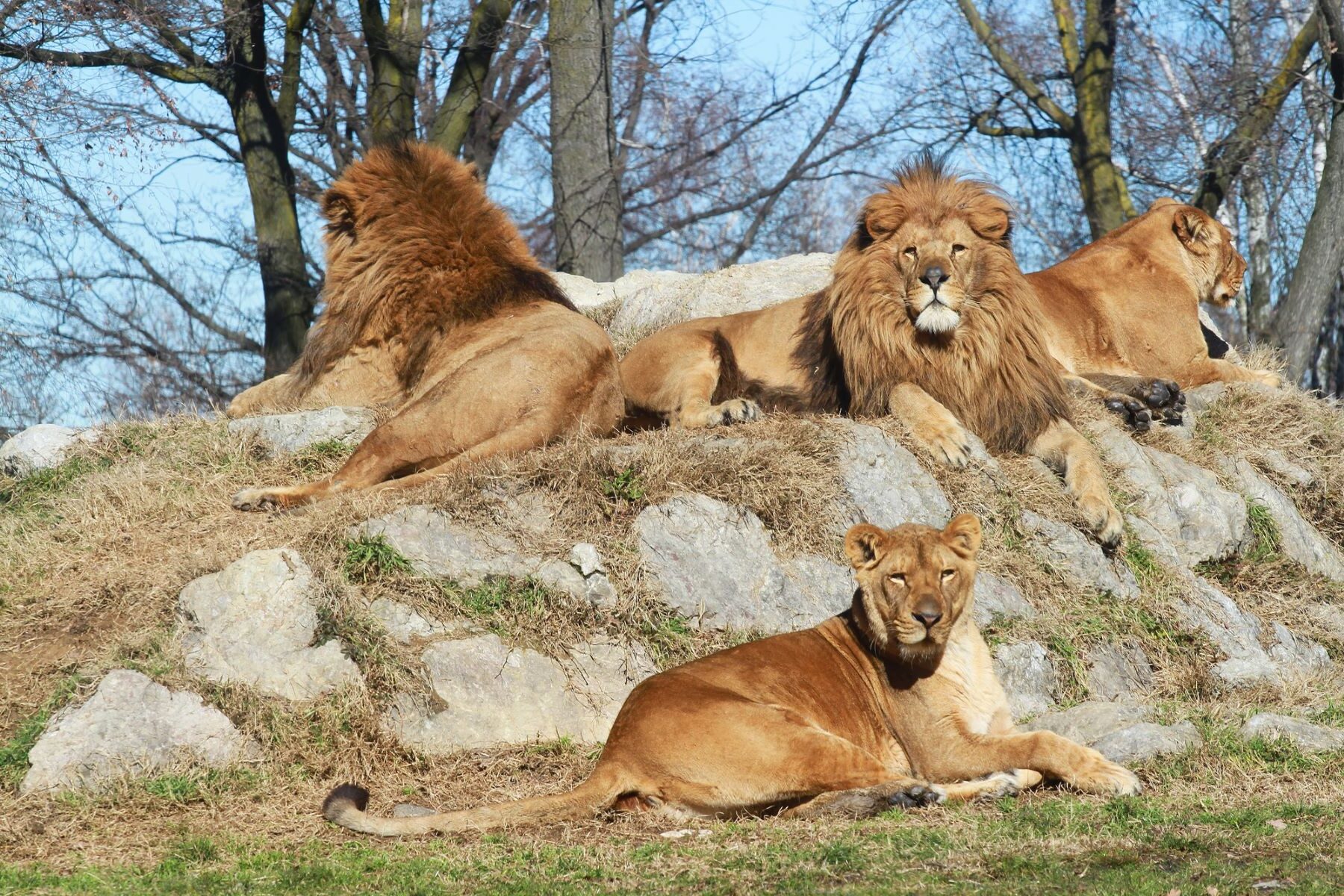This is evident from DNA analyzes carried out on two copies of lions from Kenya, by studying the hairs that had accumulated in the dental cavities, this was possible reconstruct the diet and ecology of these big cats. The specimens had been stored for a century in the warehouse of the Field Museum of Natural History in Chicago.
In 1898, two lions attacked a workers’ camp of building bridges over the Tsavo River (Kenya), devouring at least 28 people until John Patterson, the engineer in charge of the project, shot them. Patterson eventually sold the remains of the bodies lions to the Field Museum of Natural History in Chicago (USA) in 1925.
Years later, in the 1990s, the museum’s collection manager, Thomas Gnoske, realized that while I examined the teeth of those lionsthat broken teeth exposed cavities where they had collected small amounts of hair debris from their prey over time, and he began studying them with other researchers. Now, advances in microscopy and genomics have allowed us to reconstruct the diet and environment in which these people moved. lions by DNA analysis of the hair samples stored in broken teeth.

Six predominant prey
The results show, among other things, that: The two lions to which the remains belong were males and brothersnative to Kenya or Tanzania, and which fed on six types of prey: giraffes, humans, oryx, waterbuck, wildebeest and zebra.
The results appear this Friday in the scientific journal Current Biology and illustrate the extent to which biotechnological advances make it possible to accurately reconstruct past life. The team discovered that the lions They had eaten at least two giraffes, along with a zebra, probably from the Tsavo region. The discovery of wildebeest DNA caught the attention of researchers because the Populations of this species were approximately 50 miles apart in the 1890s

The discovery of wildebeest DNA caught the attention of researchers because the populations of this species in the 1890s were about 50 miles apart, showing that these species lions They were quite travelers. They were also surprised that they found no samples of buffalo hair, which is the main ingredient today favorite prey of the Tsavo lions.
“Colonel Patterson wrote a field diary by hand during his time at Tsavo and never recorded sightings of buffalo or native cattle,” notes one of the authors, Kerbis Peterhans, a researcher at the Field Museum. The explanation may be that rinderpest, a highly contagious viral disease that traveled from India to Africa in the early 1880swould have devastated the buffalo and cattle populations in this part of Africa.
Analyze results
In the authors’ opinion, this study shows how much past data can be obtained by computer new biotechnological techniquesof existing skulls in museums. “This methodology can be used on hairs from broken teeth of older carnivores, from hundreds or thousands of years ago,” says another author, Ripan Malhi, an anthropologist at the American University of Illinois. This methodology can be applied to hairs from broken teeth of older carnivores, from hundreds to thousands of years ago.
The authors want to continue reconstructing the diet of the lions over time to determine exactly when their habit of hunting humans began. They assure that this analysis will allow us to understand it better conflicts between humans and lions continue to affect African communitiesS.
The great progress in the field of DNA analysis has allowed scientists to discover data that are astonishing today, in terms of the kind of lives that prehistoric animals led, which gives them very specific guidelines about their development. evolutionary.

